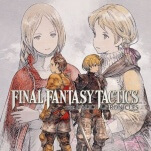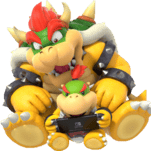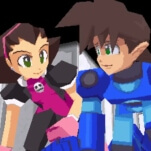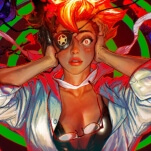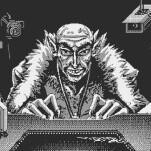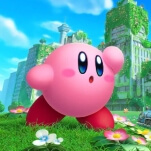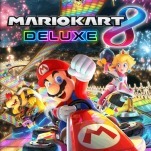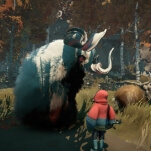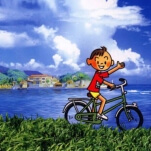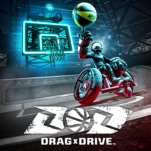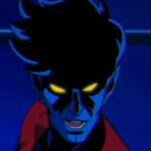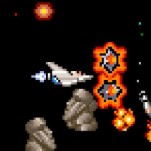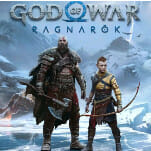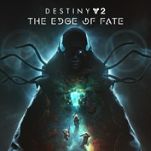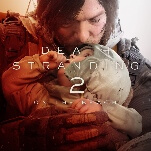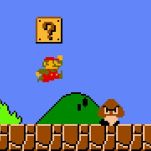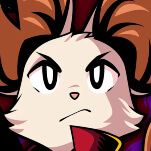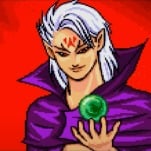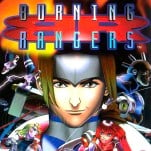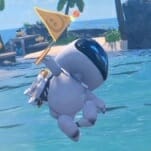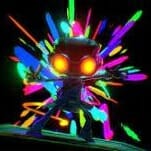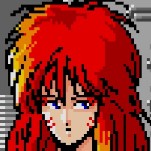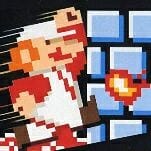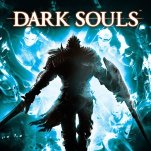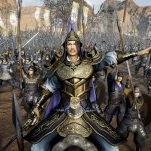It’s Time for a Game Boy Mini: 7 New Mini Game Consoles That Need to Exist
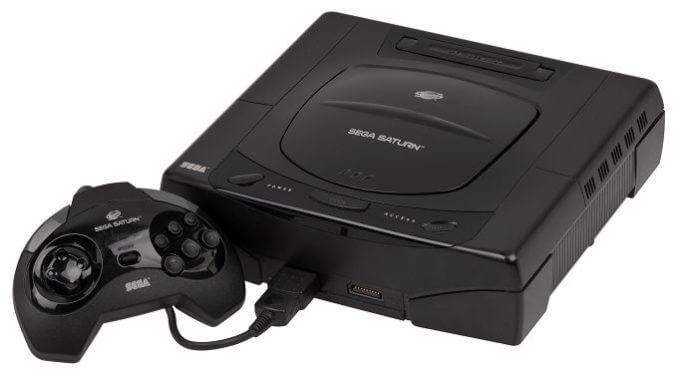
Mini consoles might not get the same mainstream attention they did when Nintendo was bothering with them a few years back, but there’s still plenty of juice left in the genre. Sega is the most recent company to remind us of that fact, as they released a second version of the Genesis in mini form, and it’s great—the emulation is improved from the first, adjustments were made to certain games to either boost their performance or make playing through a JRPG from 1990 more tolerable to players who weren’t originally forged in those fires, and it includes both Sega CD titles as well as some bonuses that include never-before-released games.
You might think that releasing a second version of the same mini means we’ve hit barrel-scraping time, but that’s far from the truth of things. There are so many videogames out there, and many of them are forgotten about, never re-released, or simply impossible to legally acquire without spending a small fortune to do so. Sega has even more of the Genesis library to dig into for a third mini in the series (including plenty of Sega CD titles), should they want to go that route. Nintendo’s NES and SNES minis were pretty nifty at the time, until a whole bunch of competitor’s minis blew those out of the water and showed how limited those really were in scope. And then there are platforms that haven’t even been given the mini treatment yet: there’s plenty of room for those in the market and my basement, no?
Don’t worry so much about the space, as these are minis we’re talking about. And with that in mind, here are a bunch more systems that deserve to be miniaturized and re-released into the world.
Sega Master System
The Sega Master System barely made a dent in North America, which is partially why Sega ended up pushing it aside in favor of the Genesis just a few years after its launch abroad. You probably recognize the weirdo North American boxes from that console’s games more than the system itself, and chances are good that even if you did play something with cultural cache from it, like Phantasy Star, you didn’t do it on its original platform. The North American library contained just over 100 games, but internationally, it was more of a success that resulted in a larger lineup. Not in Japan—Nintendo and the NES had the same stranglehold over the industry there as they did in North America, due to the way their exclusivity deals worked with third-party publishers at the time—but in Europe, Australia, and Brazil? The Master System was a genuine hit that produced games well into the Genesis’ own life.
Releasing a Master System mini and getting as much of its library as possible onto it should be the goal. None of these mini systems so far have managed to be a comprehensive one that had everything anyone might have wanted from it, but there’s a real chance Sega could pull that off with an SMS Mini, especially since so many of the games on the system were developed, published, or programmed for SMS use by Sega themselves. It’d be an excellent opportunity to show that the problem with the Master System wasn’t the quality of the games, but simply the quantity: there’s plenty on the system to love despite that, enough so that you can even find top 100 lists for it. Not every system in history with a limited library can convincingly climb beyond 50, but the Master System managed once you include what it produced worldwide.
Game Boy, Game Boy Color, Game Boy Advance
It’d rule if Nintendo mashed all three generations of Game Boy handhelds into one mini and let you choose which form the shell would take, but they wouldn’t do that, so we instead must face reality and list all three as separate entities.
Nintendo hasn’t been terrible about re-releasing their Game Boy family classics, with Virtual Consoles on both the 3DS and Wii U housing a whole bunch of first-party and third-party offerings. Those are all going to be unavailable as of March 2023, though, when those eShops shut down, and even if they were staying up, the three systems combined for thousands of releases: dozens of Virtual Console re-releases doesn’t even begin to scratch the surface of what these handhelds had to offer.
The Game Boy has the obvious first-party classics, of course, with titles like Super Mario Land and its sequel, 6 Golden Coins, as well as Pokémon Red/Blue/Yellow, The Legend of Zelda: Link’s Awakening, Kirby’s Dream Land, Donkey Kong ‘94, Wario Land, and on and on, but there are also Nintendo-published titles that had limited release or never showed up in North America to begin with that could help anchor a mini, much like Star Fox 2’s inclusion on the SNES Classic Mini was a hook for people who already had seven copies of Super Mario World across their various systems.
X is the predecessor to Star Fox, in that it’s a space combat simulator on the Game Boy game that miraculously achieved 3D graphics—Argonaut Games and Star Fox’s programmer, Dylan Cuthbert, worked on figuring all of that out, impressing the heck out of Nintendo in the process. X never released outside of Japan, but it doesn’t really need a localization to be playable outside of it. The same can’t be said for Kaeru no Tame ni Kane wa Naru, or For the Frog the Bell Tolls, but that just means someone should localize it in an official capacity: the game remains a unique one in Nintendo’s library, and was the one that let Japan know that Intelligent Systems was capable of so much more than just tactical games: it’s probably the best evidence they were the ones who should take over the Mario RPG duties after Squaresoft headed for the Playstation. Trax is a HAL game that is lost to time but shouldn’t be. Put all of those on a mini Game Boy!
There are obscure third-party offerings worth reviving, too. Catrap is on the 3DS for now, but shouldn’t be forgotten about a second time once that shop goes down. And titles like Trip World, Chalvo 55, and Asmik-kun World 2 still haven’t made it out of Japan, even though they’re all a good time and don’t require an understanding of Japanese to play. I could list Game Boy games all day long, but that’s kind of the point, isn’t it? They should be available once again (or for the first time), and a mini Game Boy would make that possible for at least some of them. Preferably more so than on the NES and SNES minis.
The Game Boy Color has its own library of excellence to pull from, between a little something like the best side-scrolling platformer Nintendo has ever made, as well as absolute stunners like Metal Gear: Ghost Babel, a trio of Legend of Zelda games… again, just turning this into a list of good games on these systems isn’t necessary. The games are there for the Game Boy Color and the Game Boy Advance, too, enough so that Nintendo could plop down 50-60 per without coming anywhere close to exhausting any of the three handhelds. They’d make us settle for 20 or so, but please, let me dream.
Please don’t actually make them mini handhelds, though—well, okay, the Game Boy can be GBC sized, to keep people from carrying around an enormous brick. Sega’s Game Gear Mini experiment was not appreciated by me for a few reasons, one of them being that the Dreamcast VMU’s screen is larger than the one on Sega’s portable tribute, so let’s not replicate that when we could instead release to-scale not-mini minis instead. Just name them Game Boy Color Classic or something so no one can say, “hey, that’s not actually miniaturized.”
Bandai WonderSwan
Nintendo isn’t the only company with a handheld worth revisiting in the present. Yes, the games for the Japan-only WonderSwan are in Japanese, which would make playing some of them pretty difficult for people who cannot read that language. Here are a few things to consider, though.
The first is that a mini, classic, whatever WonderSwan is desirable due to the unique nature of the portable. The WonderSwan (and its color follow-ups, the WonderSwan Color and Crystal) featured a multi-directional input setup: some games played with you holding the portable vertically, like a Game Boy, and others horizontally, like with a Game Boy Advance or Game Gear, which is why there are multiple Joy-Con-esque directional pads that can also serve as face buttons. Yes, this means that the WonderSwan was able to do things like produce handheld shoot-em-ups with a TATE orientation, despite them being on a little portable screen from decades ago. And years before Nintendo messed around with the multiple screen orientations on the DS, too!
If you’re a cop or a narc, please just skip ahead to the next section. Second… listen, someone will inevitably hack the thing, and then we can all play unofficial translations of those Japanese-language games on it, and without anyone having to worry about figuring out how to play vertically oriented games on whatever horizontal hardware we’re currently emulating those titles on. There have to be dozens of others like me who think this is a worthwhile idea, because they, too, have heard of Judgment Silversword and want to see what it felt like to play the original version on its original hardware.
-

-

-

-

-

-

-

-

-

-

-

-

-

-

-

-

-

-

-

-

-

-

-

-

-

-

-

-

-

-

-

-

-

-

-

-

-

-

-

-



